In the not-too-distant future, the climate policies of the Albanese government will become untenable.
Why? Because these policies are based on two misconceptions and, if maintained, will lead to the lights going out.
The electricity misconception
There are two types of electricity: continuous (or base load) and intermittent (typically wind and solar power).
Already a subscriber? Log in
Subscribe for just $2 a week
Try a month of The Spectator Australia absolutely free and without commitment. Not only that but – if you choose to continue – you’ll pay just $2 a week for your first year.
- Unlimited access to spectator.com.au and app
- The weekly edition on the Spectator Australia app
- Spectator podcasts and newsletters
- Full access to spectator.co.uk
Or

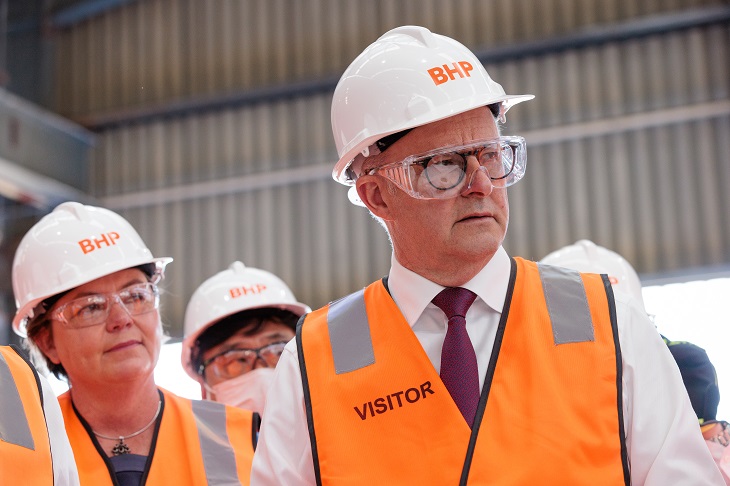
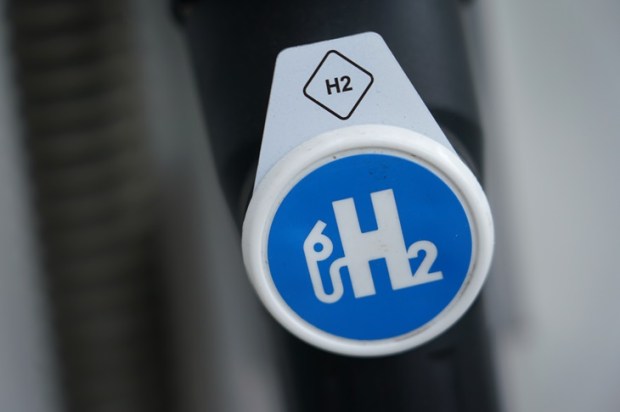
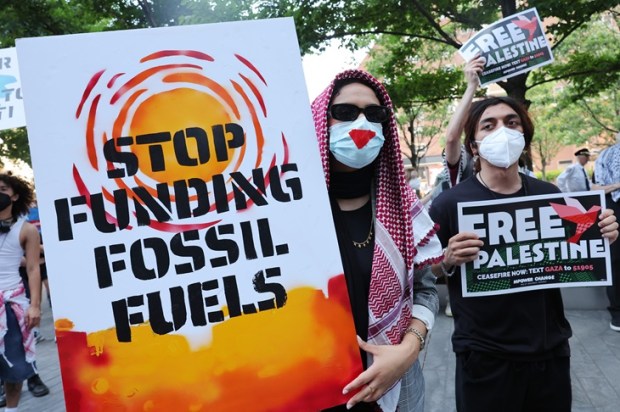
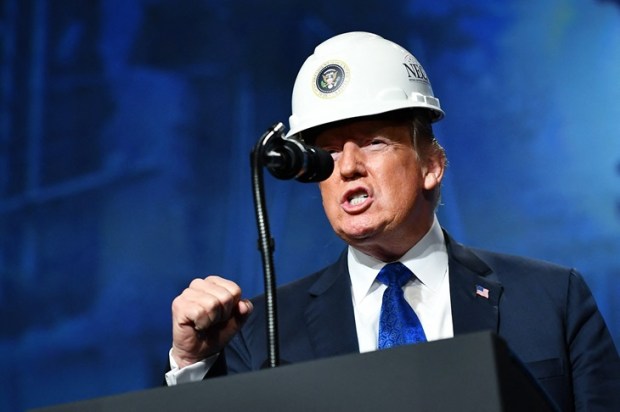

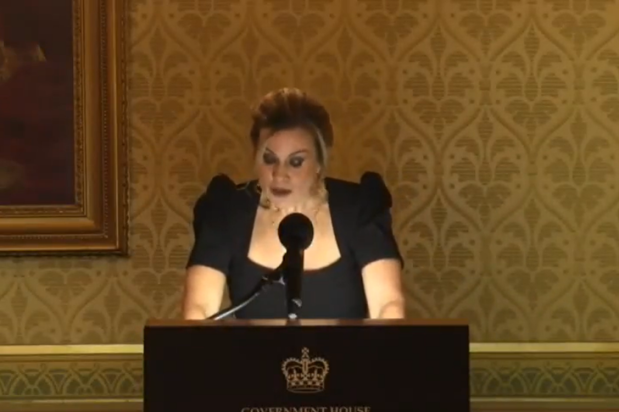



















Comments
Don't miss out
Join the conversation with other Spectator Australia readers. Subscribe to leave a comment.
SUBSCRIBEAlready a subscriber? Log in